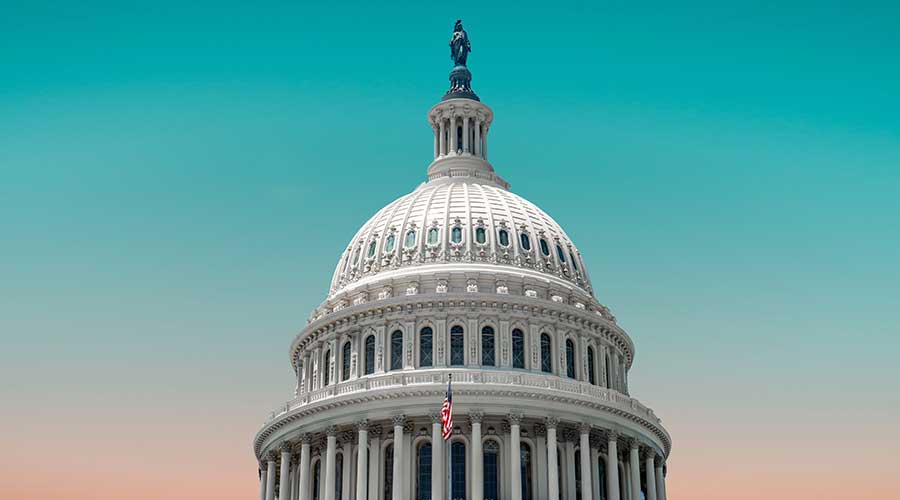Stay updated on news, articles and information for the rail industry
October 2012
Part 1 : Rail industry stakeholders weigh in on 2012 election issues
Part 2 : Transportation infrastructure investment in an era of partisanship
Part 3 : Is federal funding for Amtrak at stake?
Part 4 : To what extent is rail transportation investment at risk?
Part 5 : Freight-rail regulation: Will re-reg resurface?
Part 6 : Truck size and weight will continue to be an issue for railroads
Part 7 Online Only: Election 2012: Rail experts sound off on funding, retirement, rules, policies and taxes
Rail News: Federal Legislation & RegulationTruck size and weight will continue to be an issue for railroads
One issue that definitely isn't going away after Nov. 6 is truck size and weight. Previously proposed bills sought to allow states to raise truck weight limits from 80,000 pounds to 97,000 pounds, as well as permit double- and triple-trailer trucks to travel over longer distances. The surface transportation bill passed in July requires the USDOT to complete a two-year study on the impact larger and heavier trucks would have on highways and bridges. Once the study is completed by mid-2014, or perhaps earlier, Congress is expected to take up the issue again.
Although the issue has major implications for Class Is — namely, that more freight would be moved by trucks that aren't contributing heavily to the upkeep of the nation's freeways — it strongly impacts short lines, as well, says ASLRRA's Timmons. Bigger and heavier trucks could transport more freight in corridors about 500 miles long, a distance that's "the sweet spot" for short lines, he says.
"It's a serious matter and we'll address it," Timmons says.
The short-line industry might not need to if the USDOT study provides results as anticipated by the entire rail industry, primarily that larger and heavier trucks would more quickly wear out highway infrastructure, says John Giles, president and CEO of short-line holding company RailAmerica Inc.
"If they use good fact-based science, it would force trucks to pay their way, and then we'd have no complaint," he says.
As for this election cycle: Transportation stakeholders shouldn't presume they know what side of the truck-size-and-weight issue Democratic and Republican lawmakers are on.
"If you see a Republican Senate, you'll see a different aspect on the truck-size-and-weight issue," says GoRail Vice President Russell McGurck. "We think we'd be under greater threat if the Senate were to go Republican because two of our greatest allies are Sen. Barbara Boxer and Sen. Frank Lautenberg. They would be replaced by Sen. Inhofe and Sen. DeMint, and he's very much a states rights, anti-federal regulation kind of guy. We don't think he'd come down our way on the truck size and weight issue."
And once again, it'll be a matter of educating the new Congress, whatever their political persuasion. GoRail, a nonprofit organization that aims to mobilize rail employees and retirees to promote the industry's agenda and public benefits, has been among those leading the education charge.
So even though the study won't be complete until mid-2014, McGurck expects a "big battle for the hearts and minds" on the Hill in the months ahead.
"We will come out of the gates early ... to make sure they understand this is not a simple or one-sided issue," he says.
Keywords
Browse articles on truck size and weight heavier trucks GoRailContact Progressive Railroading editorial staff.


 2025 MOW Spending Report: Passenger-rail programs
2025 MOW Spending Report: Passenger-rail programs
 Gardner steps down as Amtrak CEO
Gardner steps down as Amtrak CEO
 Guest comment: Oliver Wyman’s David Hunt
Guest comment: Oliver Wyman’s David Hunt
 Women of Influence in Rail eBook
Women of Influence in Rail eBook
 railPrime
railPrime







